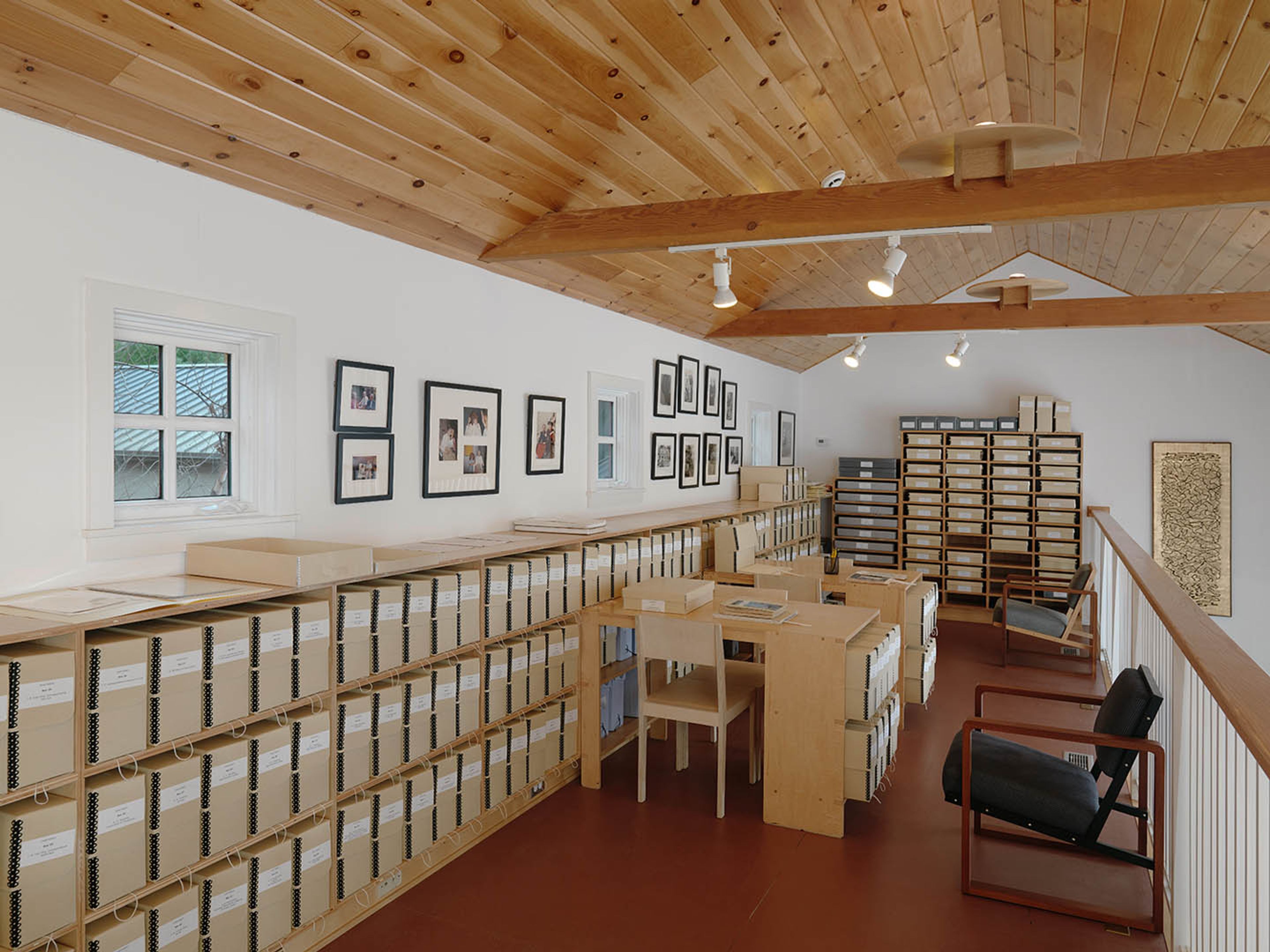December 14, 2019
In 1971, Josef Albers established a non-profit organization to further "the revelation and evocation of vision through art." Today that organization is The Josef and Anni Albers Foundation, which is dedicated to preserving and promoting the achievements of the artists, as well as the aesthetic and philosophical principles by which they lived.
The Foundation is located in Bethany, Connecticut, near New Haven, and houses offices, archives, and collections. The Foundation mainly works on exhibitions and publications while also assisting with research and supporting educational initiatives. It is open by appointment to individuals, scholars, and curators for tours, study, and research. The Foundation maintains two residential studios for visiting artists who exemplify the seriousness of purpose that characterized both Anni and Josef Albers. The residencies are designed to provide time, space, and solitude, with the benefit of access to the Foundation's archives and library.
Visit the Foundation's website to learn more through in-depth biographies, a chronology of the artists' lives and careers, selected writings, and more.
The Josef and Anni Albers Foundation also supports Thread, a cultural center and water source in Sinthian, a rural village in Tambacounda, the southeastern region of Senegal. The center also hosts an artist residency program that allows its participants to experience and be inspired by the village, while developing linkages between rural Senegal and other parts of the globe. Thread has no fixed artistic program, but rather aims to foster connections and community in keeping with the philosophies of Josef and Anni Albers.
The Foundation is also affiliated with the Josef Albers Museum Quadrat Bottrop, which opened in 1983. Located in Josef Albers's place of birth in Germany, the museum preserves 100 paintings in addition to graphic works, studies on paper, glass pictures, and furniture and is closely affiliated with neighboring museums in the Quadrat complex. The museum's collection is largely made up of donations from the Foundation.
